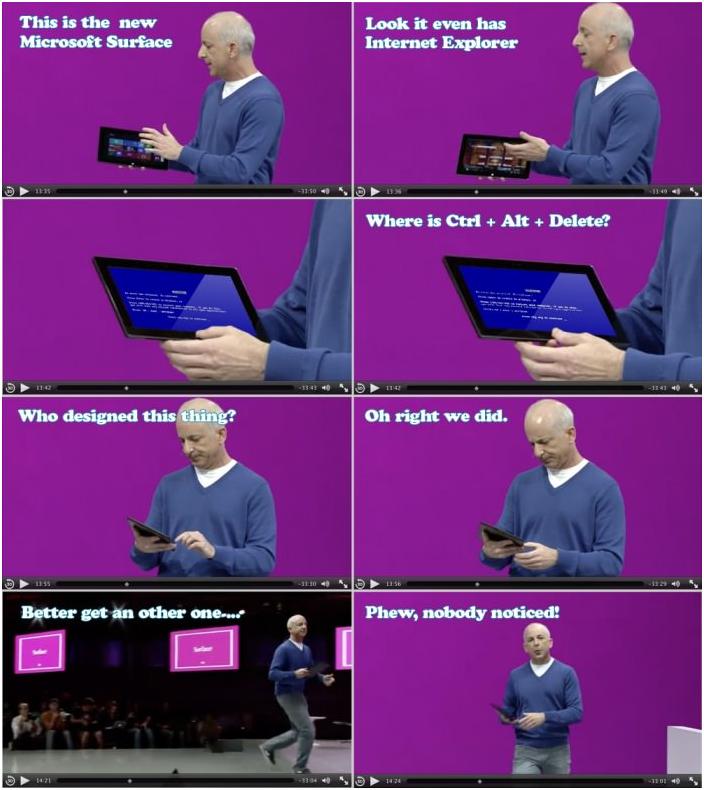Your next tablet could be a Microsoft Surface


Your next tablet could be a Microsoft Surface, and you just don't know it yet. Admittedly, that's a bold statement, but its present shortcomings can be overcome, allowing Microsoft to claw its way up. But good enough won't be good enough for many buyers.
It's difficult to miss all of the advertising for Microsoft's Windows RT tablet and easy to admire the sleekness of its hardware that's festooned all over buses and in clever commercials on TV. You may even have considered buying one - until you read the pundits' reviews. There's a clear consensus that the interface can be confusing, and performance of its apps has been subpar. Even I was confused about how to use the thing at first blush.
Maybe Microsoft's muddled marketing also confused you. What exactly is Surface? After all, there are two variations: RT and Pro, and both have very different capabilities. It wouldn't be surprising if at least some returns could be attributed to customers assuming that the RT version was simply Windows 8 rebranded and wanting to run Windows applications on it. It did come out around the same times as Windows 8.
In case you're wondering, Windows RT doesn't deliver full compatibility with the classic desktop - that's what Surface with Windows Pro is for. If you are already in the know, maybe you're waiting for the "Pro" version, or like me, holding off to see what's coming next. It's clear that Microsoft can do a lot better.
That's what the marketplace appears to be telling us. There's a lot of hullabaloo about Surface RT sales estimates today. UBS analyst Brent Thill says that Microsoft has sold 1 million units to date, which is half of his initial number. Ouch. I can attest that I've witnessed many people checking out the tablets at a pop-up store in my neighborhood, but have yet to see one be boxed up and taken home by an actual buyer.
Woe the downtrodden tablet. With all of this bad press, how could Microsoft ever expect to rebound? It can. There's a lot right about Surface and how Microsoft is presenting it. How the company behaves next will be telling about whether it's capable of pulling it off. Microsoft needs to delight the consumer, and that's not something that it has excelled at with its consumer products sans Xbox.
I'll spare you the technobabble, but a simpler interface scheme with clearer portrayals of applications and something that functions like a ‘home' button would go a long way. It needs to address those things with an update very soon, and in doing so, not leave its early adopters behind. Whatever is done to "correct" Surface should be given to existing users free of cost at the risk of alienating both new and existing customers.
It may take one or two years, but Surface will become a more viable option. That may also be when you upgrade next or decide to drop your trusty old laptop for a tablet. But switching tablets may be harder. Ironically, the biggest threat that Microsoft (a company built around backward compatibility) faces is lock-in. I'm invested into the Apple ecosystem through my favorite apps and iTunes content. iCloud makes upgrading very easy. The biggest challenge Microsoft faces is getting customers to willfully shed their cocoons.
Tablets aren't expensive, but the cost of switching could be prohibitive enough to raise a significant barrier to Microsoft's entry. Whatever Surface becomes must be better than "good enough," and delight customers. Will Surface be your next tablet? It all depends on how good its customer experience becomes.
Would app store vouchers, free music and movies help? Perhaps. Let's hope for even better.
(image credit: http://joyreactor.com)
This post was originally published on Smartplanet.com